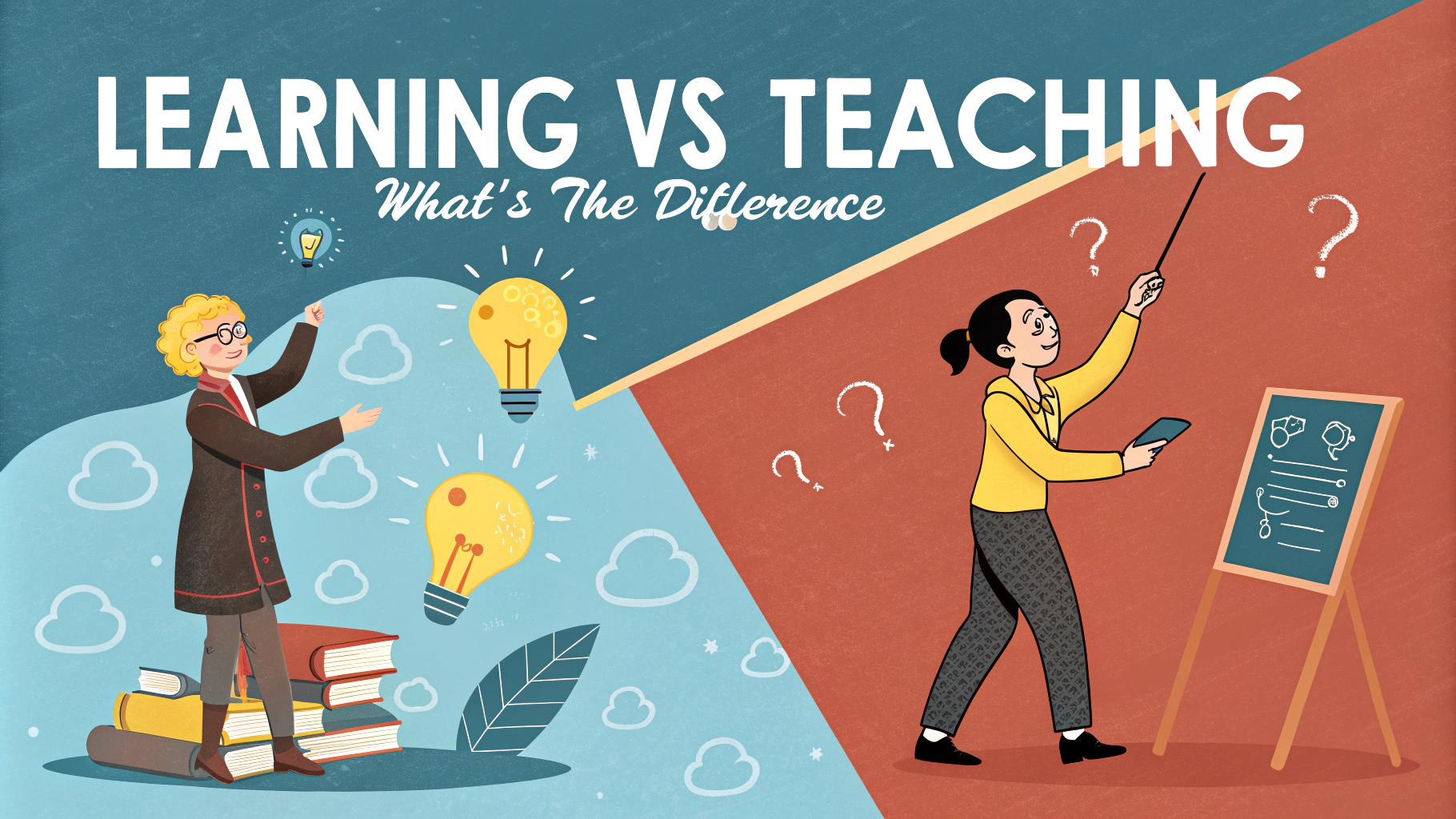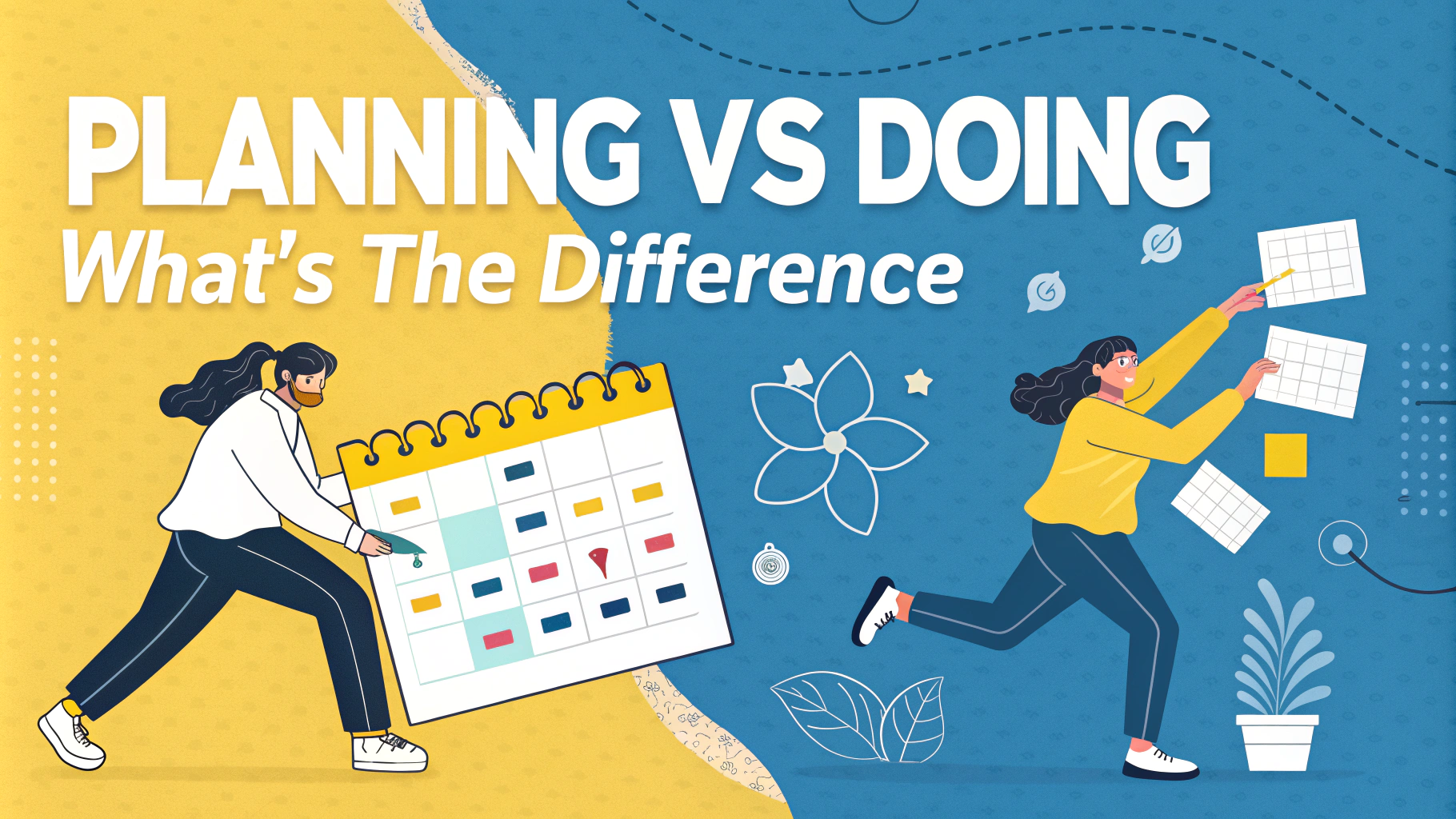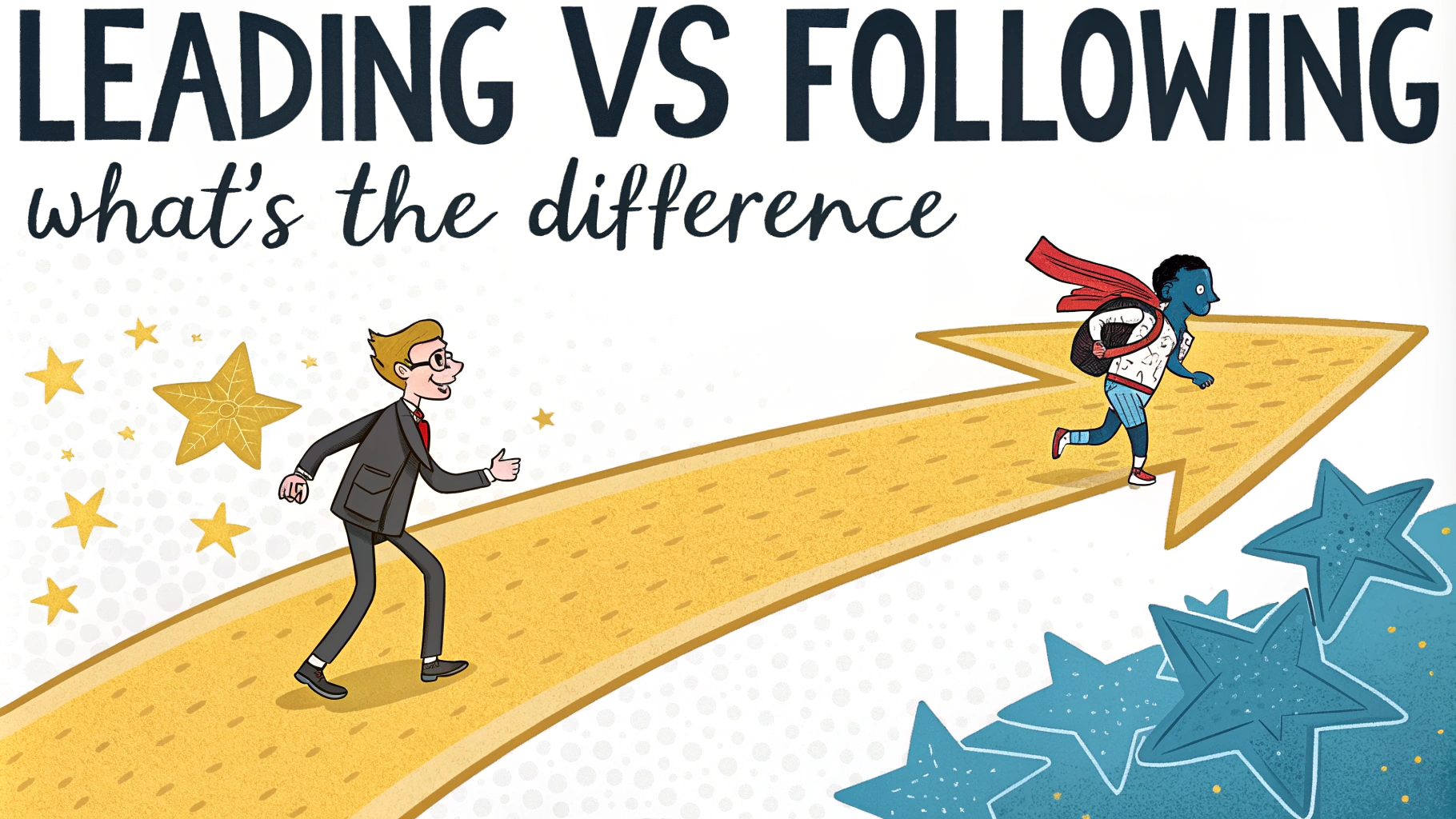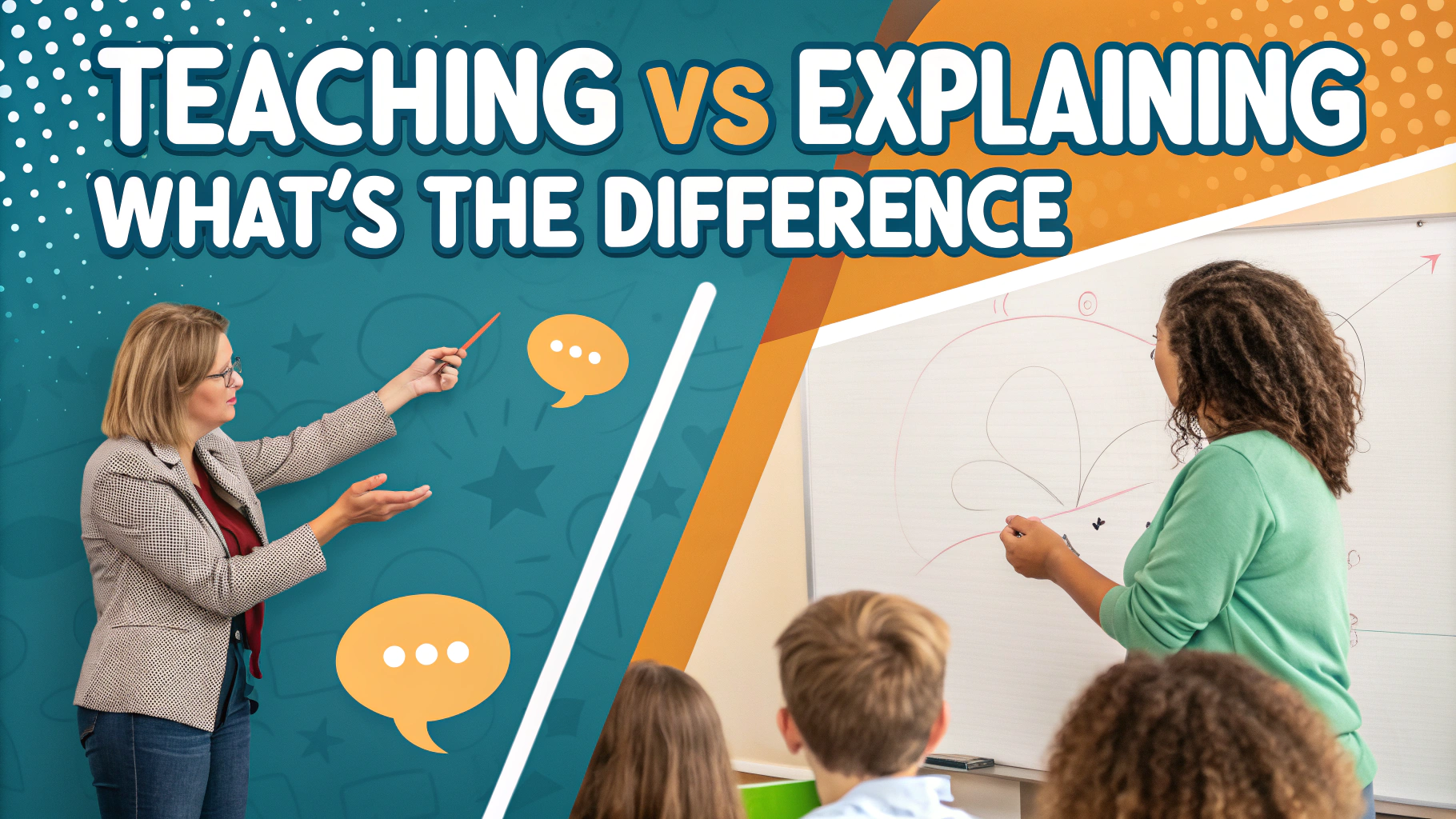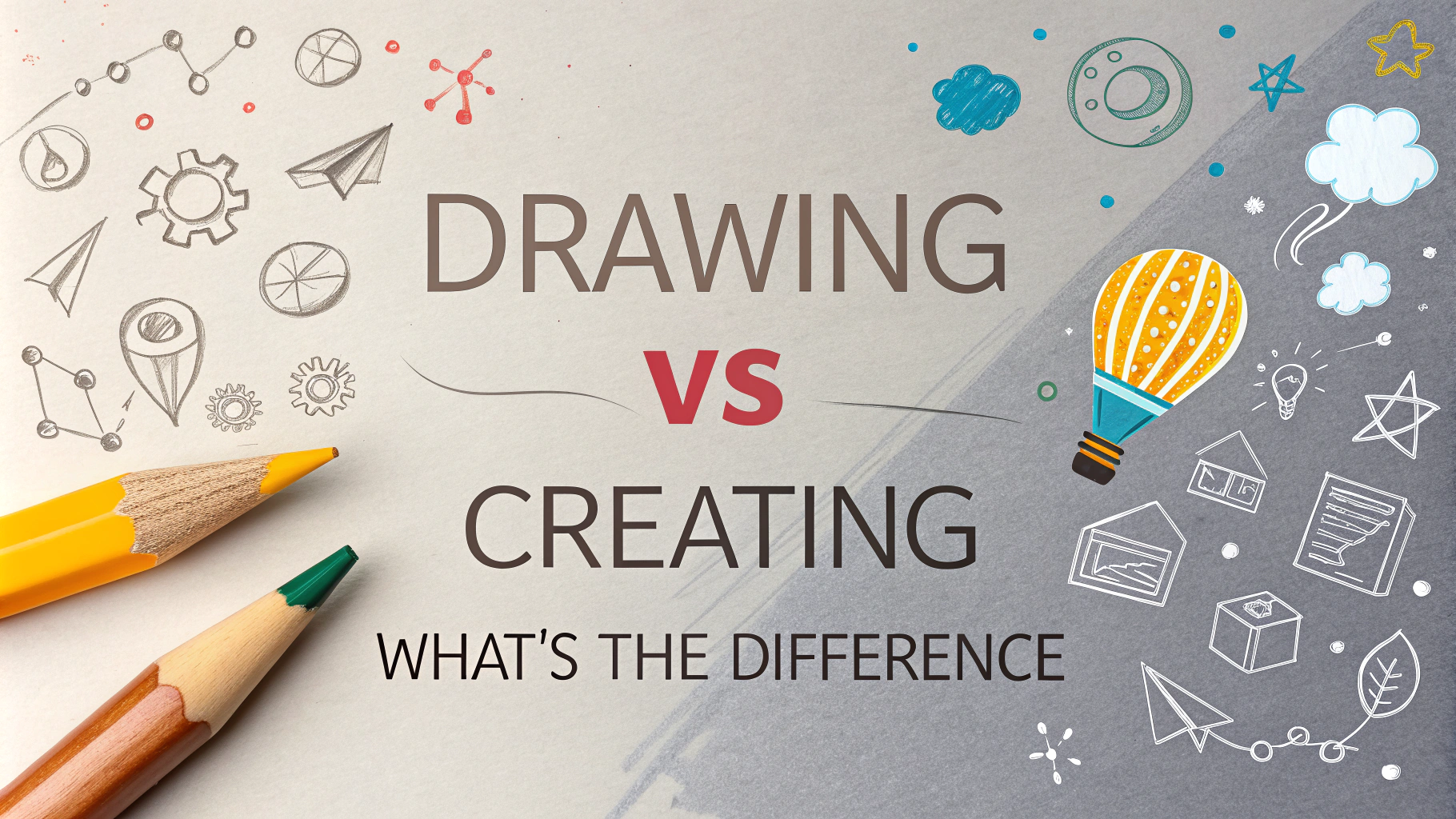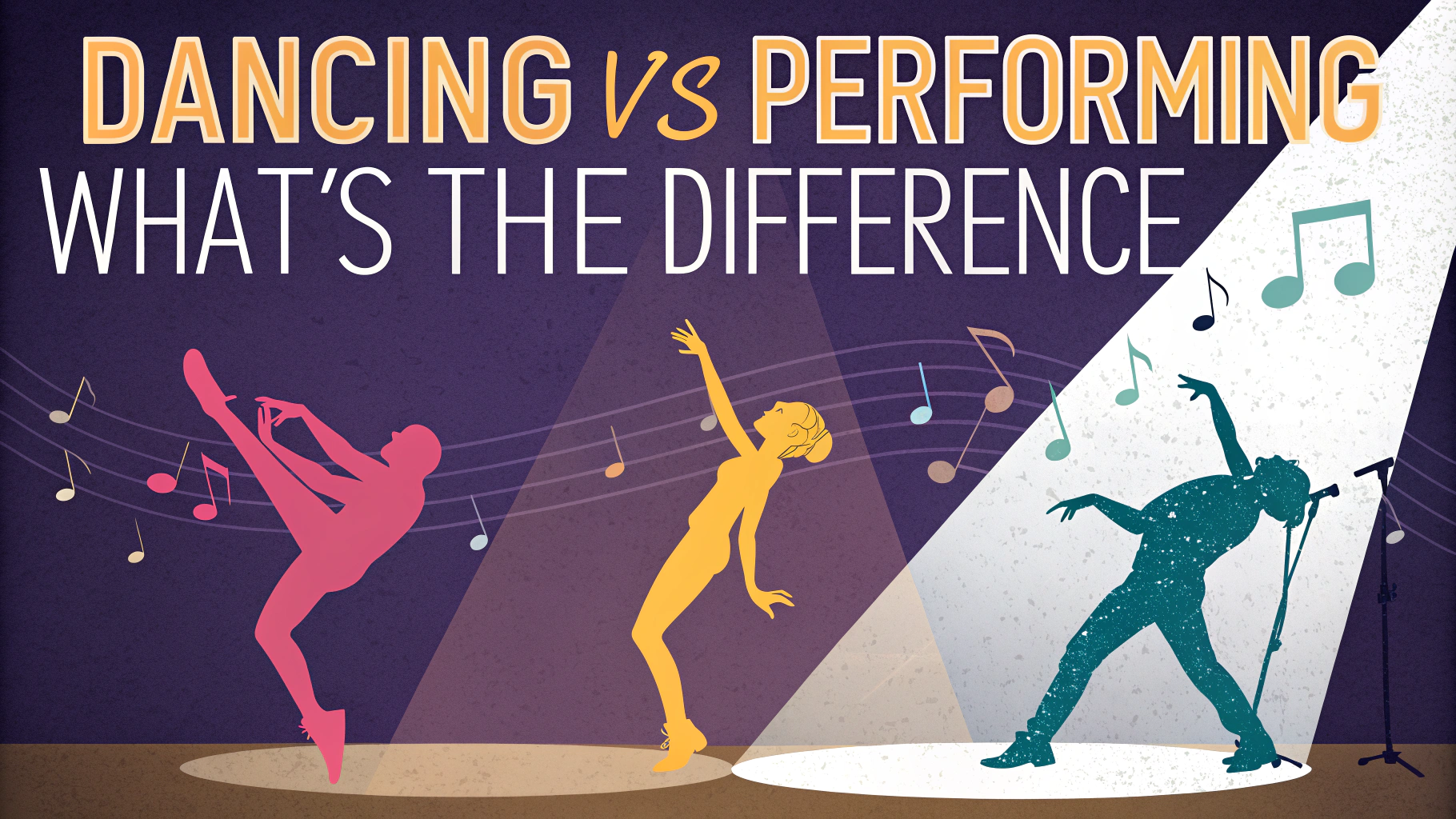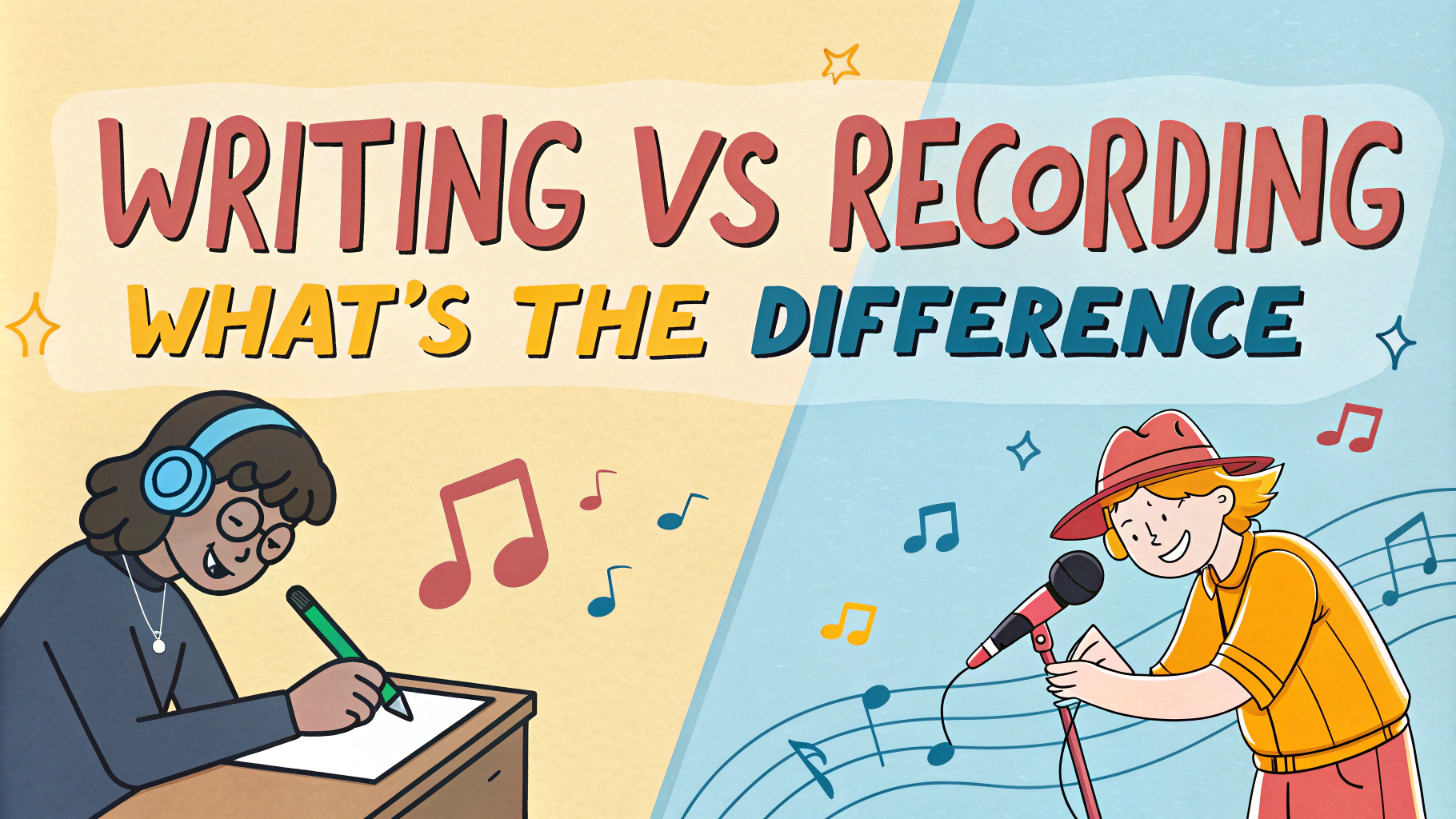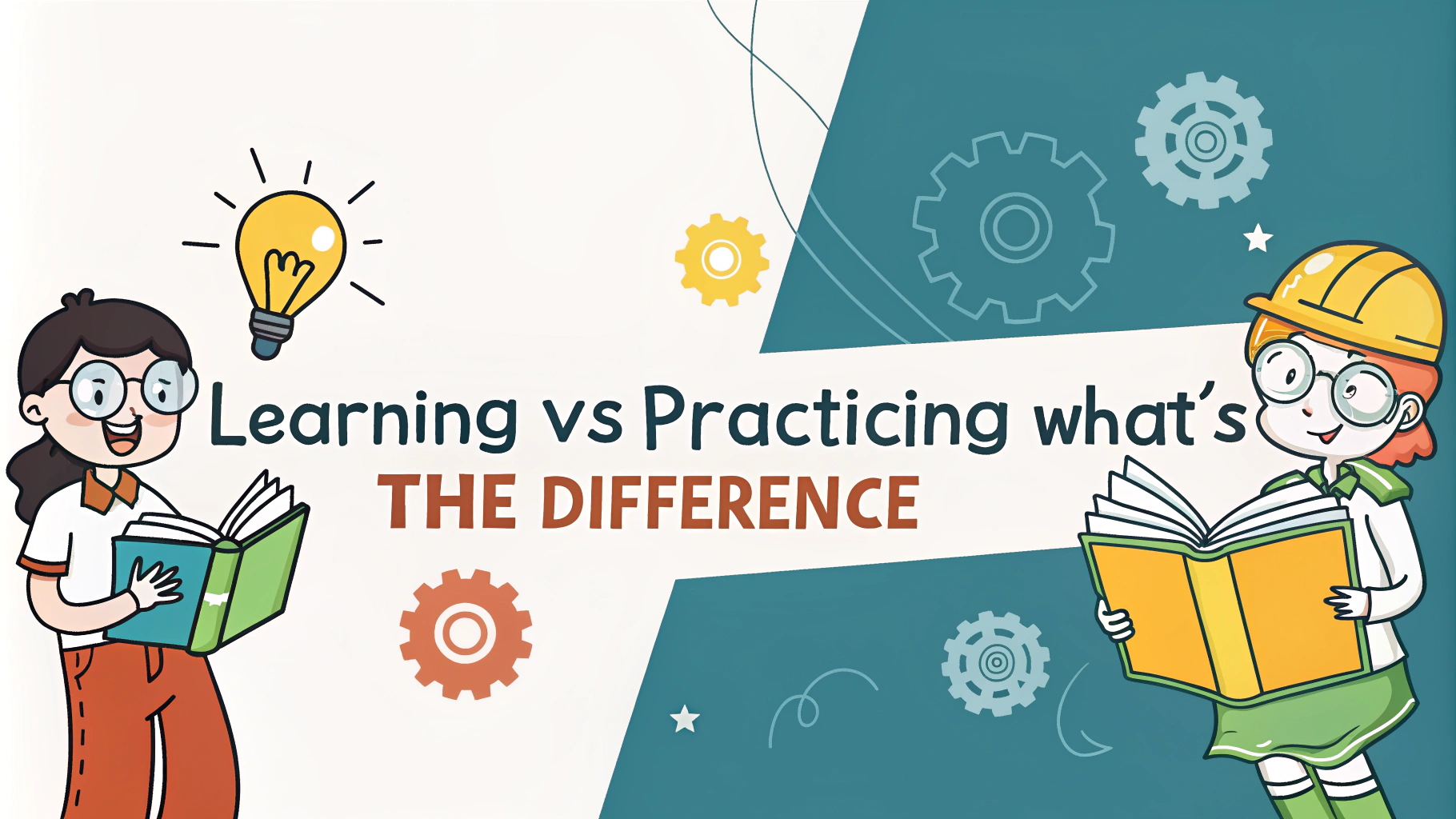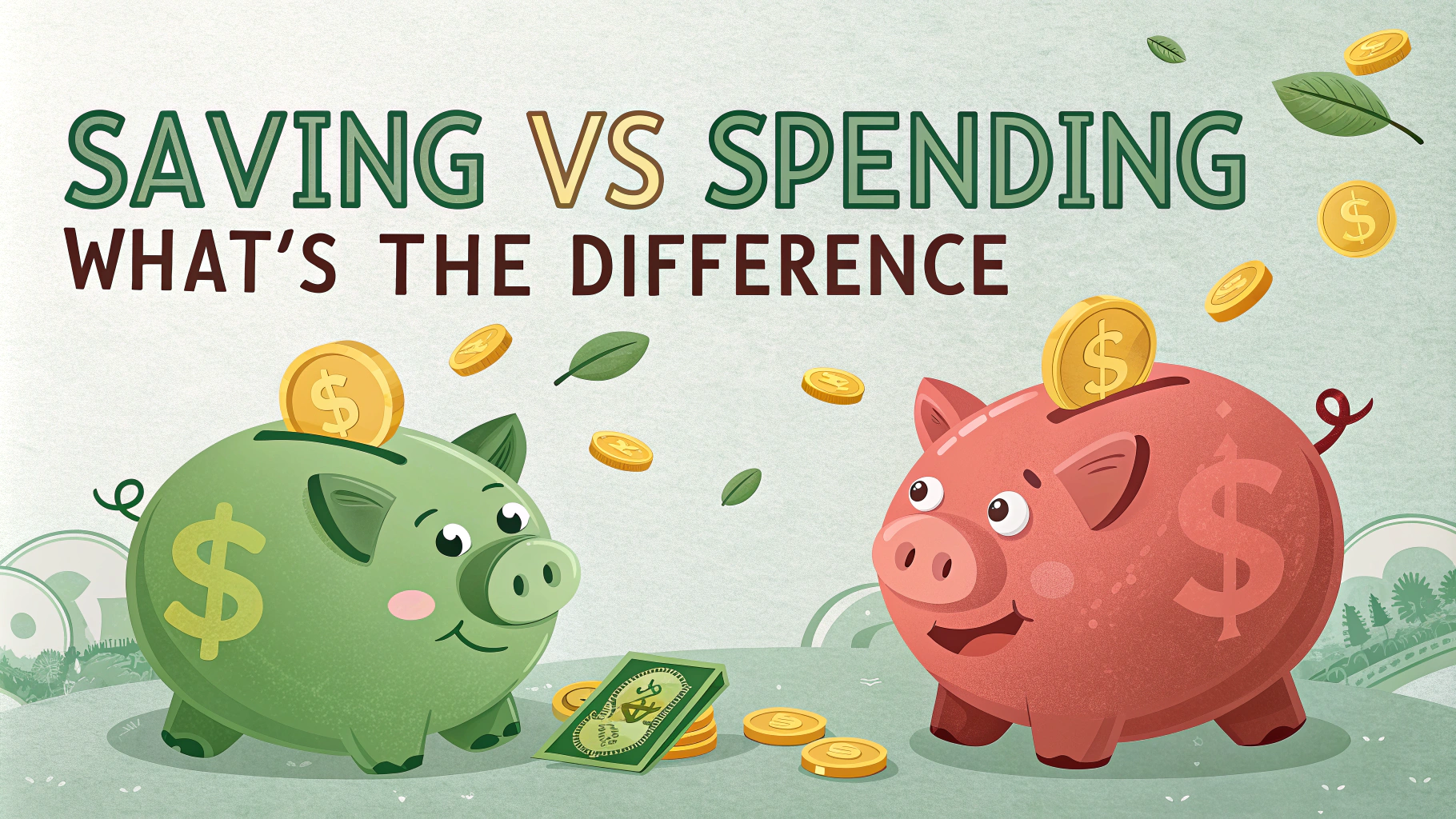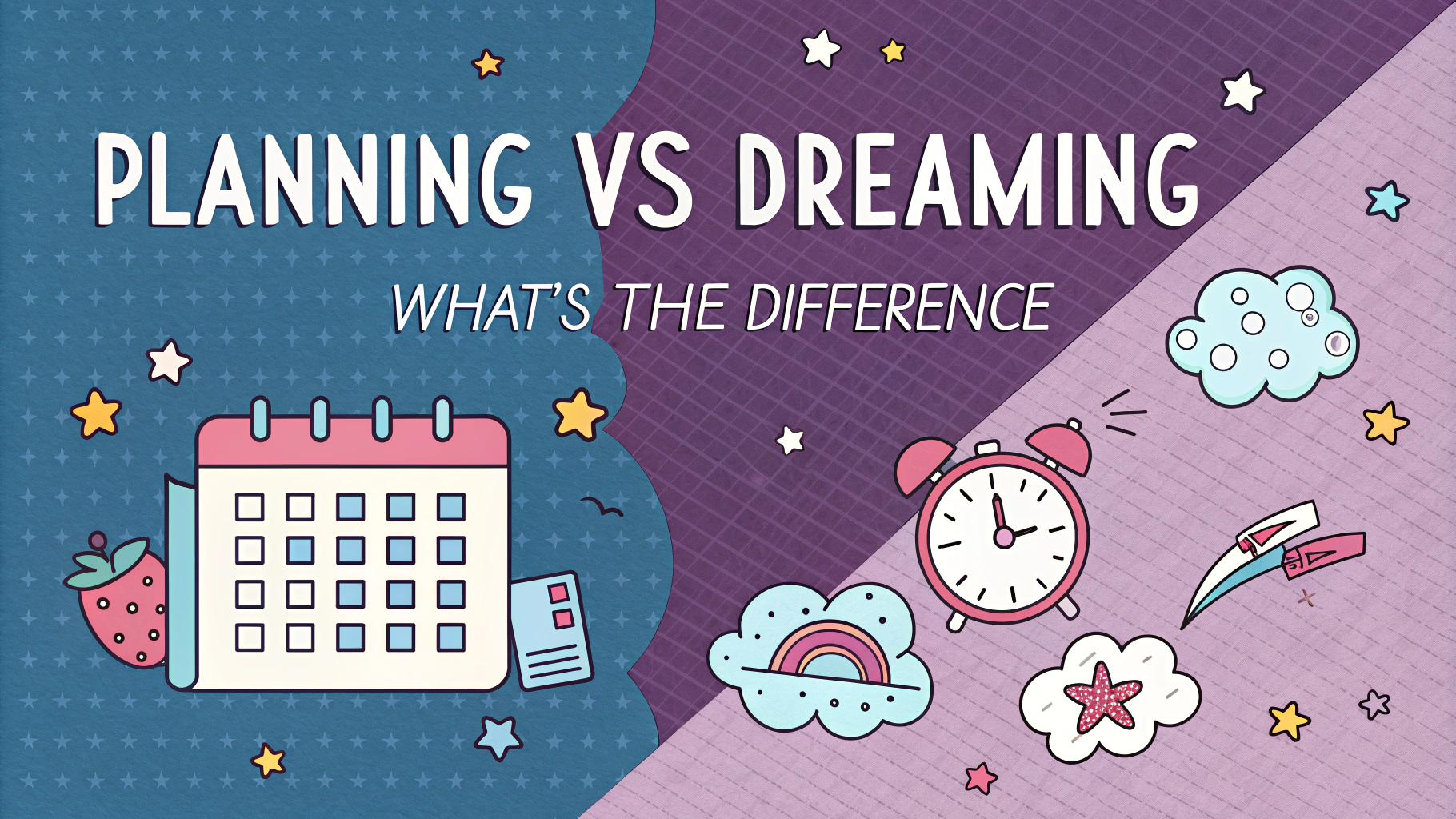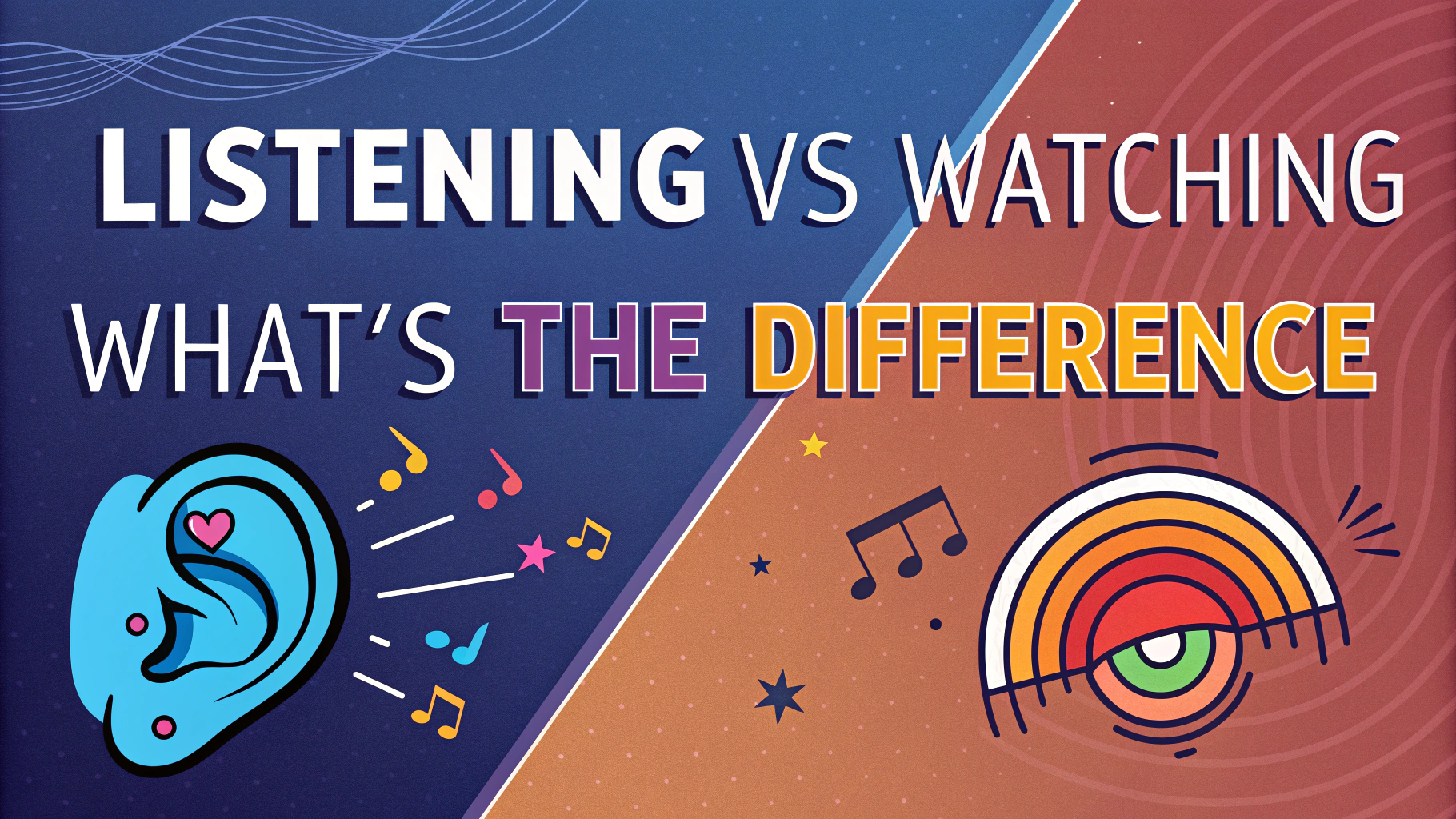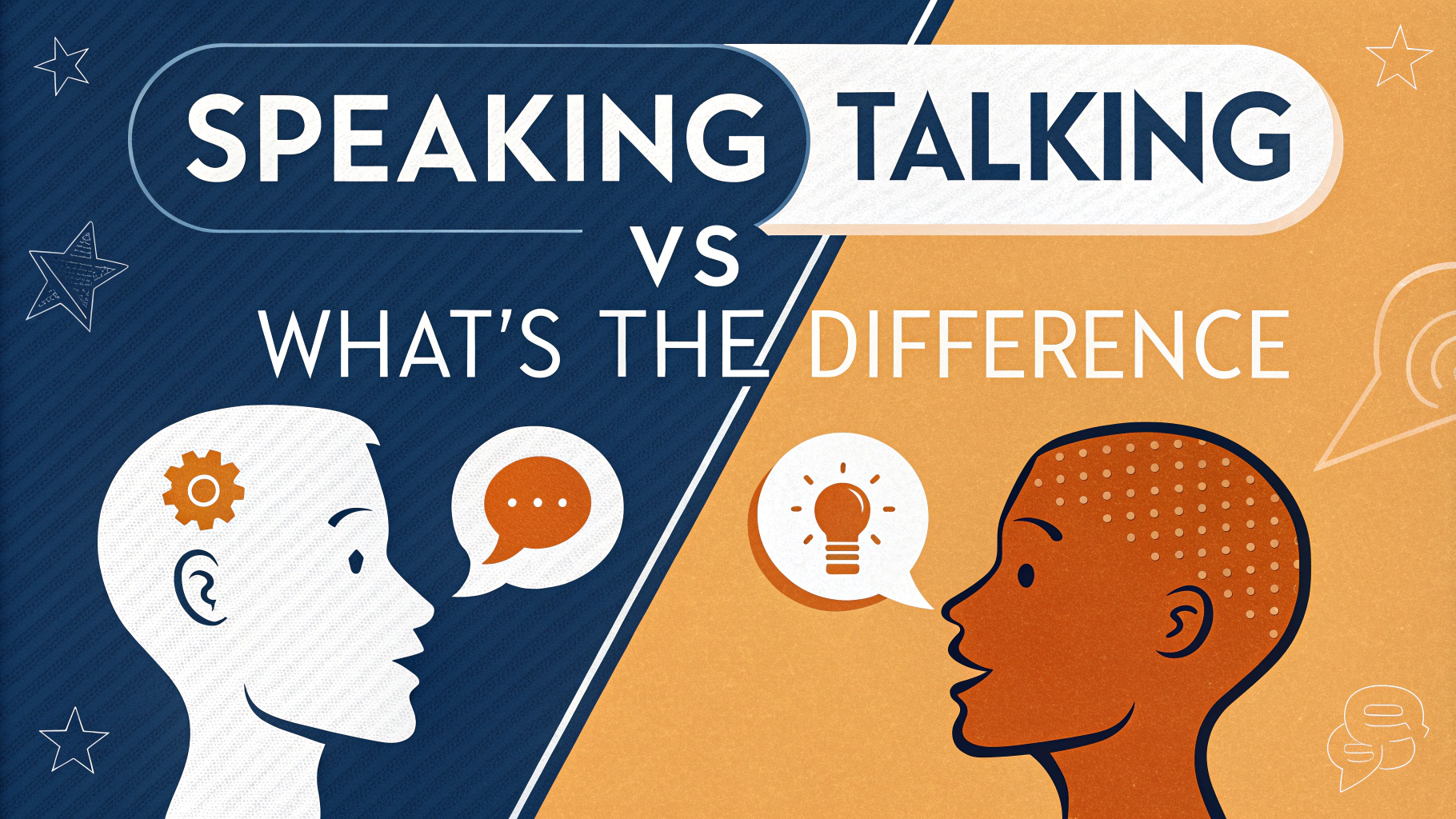Emus and ostriches, two of the world’s largest flightless birds, often spark curiosity and confusion. While they share some similarities, these remarkable creatures have distinct characteristics that set them apart.
This article will explore the key differences between emus and ostriches, their unique features, and why understanding these birds matters. We’ll dive into their physical attributes, habitats, behaviors, and even their roles in modern agriculture and conservation.
Physical Characteristics and Appearance
Emus and ostriches differ significantly in size and appearance:
- Size: Ostriches are larger, standing up to 9 feet tall, while emus reach about 6 feet
- Weight: Adult ostriches can weigh up to 350 pounds, emus typically weigh 100-130 pounds
- Feathers: Ostrich feathers are more fluffy and decorative, emu feathers are double-shafted and more hair-like
- Neck: Ostriches have longer, more slender necks compared to emus
Habitat and Geographic Distribution
These birds are native to different continents:
- Emus: Indigenous to Australia, found in various habitats including forests, woodlands, and grasslands
- Ostriches: Native to Africa, primarily inhabiting savannas and semi-arid regions
Understanding their natural habitats helps explain their adaptations and behaviors.
Behavioral Traits and Social Structure
Emus and ostriches exhibit different social behaviors:
- Emus: Generally solitary or found in small groups, males incubate eggs and care for chicks
- Ostriches: More social, often living in small herds, females share nesting duties
These behavioral differences reflect their evolutionary adaptations to their respective environments.
Dietary Habits and Adaptations
Emus and ostriches have different dietary preferences and adaptations:
- Emus: Omnivorous, eating plants, insects, and small animals
- Ostriches: Primarily herbivorous, consuming plants, seeds, and occasionally small insects
Their digestive systems reflect these dietary differences:
- Emus have a more versatile digestive tract, allowing for a varied diet
- Ostriches have longer intestines, suited for processing plant material
Role in Agriculture and Industry
Both birds contribute to various industries:
Emu Products
- Oil: Used in cosmetics and supplements
- Meat: Lean red meat, similar to beef
- Leather: Durable and distinctive
Ostrich Products
- Feathers: Decorative and cleaning applications
- Meat: Low-fat alternative to beef
- Eggs: Used in cooking and for ornamental purposes
Understanding these products helps appreciate the economic value of both species.
Conservation Status and Threats
The conservation status of emus and ostriches differs:
- Emus: Least Concern on the IUCN Red List
- Ostriches: Some subspecies are Vulnerable or Critically Endangered
Threats to both species include:
- Habitat loss due to human activities
- Climate change affecting food and water availability
- Hunting and poaching in some regions
Conservation efforts focus on habitat protection and sustainable farming practices.
Interesting Facts and Cultural Significance
Emus and ostriches have unique traits and cultural importance:
Emu Facts
- Can sprint up to 31 mph
- Featured on the Australian coat of arms
- Played a role in Aboriginal Dreamtime stories
Ostrich Facts
- Fastest land bird, reaching speeds of 43 mph
- Largest eyes of any land animal
- Mentioned in ancient Egyptian hieroglyphs
These facts highlight the fascinating nature of both species and their cultural impact.
Conclusion
Emus and ostriches, while both large flightless birds, have distinct characteristics that set them apart. Key differences include:
- Size and physical appearance
- Geographic distribution and habitat preferences
- Behavioral traits and social structures
- Dietary habits and digestive adaptations
Understanding these differences enhances our appreciation for biodiversity and the unique adaptations of different species. It also helps in:
- Conservation efforts tailored to each species’ needs
- Sustainable farming practices for emu and ostrich products
- Recognizing the cultural and economic importance of these birds
By learning about emus and ostriches, we gain insights into the fascinating world of flightless birds and their roles in both natural ecosystems and human society.
FAQs: Emu vs. Ostrich
1. What are the main differences between emus and ostriches?
The main differences include:
- Size: Ostriches are larger, reaching up to 9 feet tall, while emus typically grow to 6 feet
- Habitat: Ostriches are native to Africa, emus to Australia
- Toes: Ostriches have two toes, emus have three
- Eggs: Ostrich eggs are larger and have thicker shells
2. Which is faster: an emu or an ostrich?
Ostriches are faster, reaching speeds of up to 43 mph, while emus can run at about 31 mph.
3. Can emus and ostriches fly?
Neither emus nor ostriches can fly. They are both flightless birds adapted for running.
4. What do emus and ostriches eat?
Both are omnivores, eating:
- Plants
- Seeds
- Fruits
- Insects
- Small animals (occasionally)
5. How do emu and ostrich farming compare?
Both are farmed for meat, leather, and oil, but ostrich farming is generally more widespread and established.
6. Are emu or ostrich eggs more nutritious?
Both are nutritious, but ostrich eggs contain more protein and calories due to their larger size.
| Nutrient | Emu Egg | Ostrich Egg |
|---|---|---|
| Protein | ~45g | ~118g |
| Calories | ~590 | ~2000 |
7. Which is more aggressive: emus or ostriches?
Ostriches are generally considered more aggressive, especially during breeding season. However, both can be dangerous if provoked.
8. How does emu oil compare to ostrich oil for skincare?
Emu oil is more commonly used in skincare products due to its anti-inflammatory properties and better absorption. Ostrich oil is less researched but has similar potential benefits.
9. What are the differences in emu and ostrich meat taste and nutrition?
Both are lean red meats, but emu meat is often described as sweeter and more tender. Nutritionally, they are similar, with emu meat being slightly lower in calories and fat.
10. Can emus and ostriches interbreed?
No, emus and ostriches cannot interbreed. They belong to different taxonomic families and are not closely related enough to produce offspring.
11. How do emu and ostrich feathers differ?
Ostrich feathers are larger, softer, and more luxurious, often used in fashion and decor. Emu feathers are smaller, stiffer, and less commonly used commercially.
12. What are the conservation statuses of emus and ostriches?
Both are listed as Least Concern by the IUCN. However, some ostrich subspecies, like the North African ostrich, are more vulnerable.
13. How do emu and ostrich populations compare in the wild?
Wild emu populations are more stable and widespread in Australia. Ostrich populations in Africa have declined due to habitat loss and hunting, but they remain numerous in some areas.



